Sendero Seonseongsusang-gil (선성수상길)
17.2Km 2024-05-17
Seonseong-gil 14, Dosan-myeon, Andong-si, Gyeongsangbuk-do
Hahoe Matjip (하회맛집)
17.3Km 2021-03-22
214-6, Jeonseo-ro, Andong-si, Gyeongsangbuk-do
+82-54-853-3776
This place sells Andong's representative food. This Korean dishes restaurant is located in Hahoe Village, Gyeongsangbuk-do. The representative menu is Andong braised chicken.
Andong Jip (안동집)
17.3Km 2021-03-23
214-6, Jeonseo-ro, Andong-si, Gyeongsangbuk-do
+82-54-843-0054
It is a place where you can have a meal in Ondol, a traditional Korean house styles. This restaurant's signature menu is set menu with grilled salted mackerel. This Korean dishes restaurant is located in Andong-si, Gyeongsangbuk-do.
Cheonggiwa Minsok Sikdang (청기와민속식당)
17.3Km 2021-03-24
214-6, Jeonseo-ro, Andong-si, Gyeongsangbuk-do
+82-54-852-8361
It is a restaurant that sells delicious Jjimdak (steamed chicken) and seafood pancake. This Korean dishes restaurant is located in Andong-si, Gyeongsangbuk-do. The most famous menu is Andong braised chicken.
Ihwa Sikdang (이화식당)
17.3Km 2021-03-24
214-6, Jeonseo-ro, Andong-si, Gyeongsangbuk-do
+82-54-842-3456
This Andong Jjimdak restaurant is located near Hahoe Village. This Korean dishes restaurant is located in Andong-si, Gyeongsangbuk-do. The most famous menu is andong braised chicken.
Bune Sikdang (부네식당)
17.3Km 2021-03-24
214-6, Jeonseo-ro, Andong-si, Gyeongsangbuk-do
+82-54-821-2738
This is a place where you can enjoy Andong Jjimdak, the representative dish of Andong. The best menu at this restaurant is bibimbap. This Korean dishes restaurant is located in Andong-si, Gyeongsangbuk-do.
Hahoe Minsok Sikdang (하회민속식당)
17.3Km 2021-03-24
214-6, Jeonseo-ro, Andong-si, Gyeongsangbuk-do
+82-54-853-0521
This is a place where you can enjoy Andong steamed chicken and grilled mackerel, the representative foods of Andong. This Korean dishes restaurant is located in Andong-si, Gyeongsangbuk-do. The most famous menu is Andong braised chicken.
Ilmi Sikdang (일미식당)
17.4Km 2021-03-24
1672, Jipung-ro, Andong-si, Gyeongsangbuk-do
+82-54-853-2490
This is a place that is visited frequently by Andong citizens. This Chinese (cuisine) restaurant is located in Andong-si, Gyeongsangbuk-do. The most famous menu is noodles in black bean sauce.
Imhaho Gisa Sikdang(임하호기사님식당)
17.7Km 2021-04-09
8, Seonchakjang-gil, Andong-si, Gyeongsangbuk-do
+82-54-822-4929
There are a variety of side dishes, so you can enjoy different foods. This Korean dishes restaurant is located in Andong-si, Gyeongsangbuk-do. The representative menu is kimchi stew.
Jisan Gotaek [Korea Quality] (지산고택[한국관광 품질인증])
18.0Km 2025-07-18
35-14, Hahoejongga-gil, Andong-si, Gyeongsangbuk-do
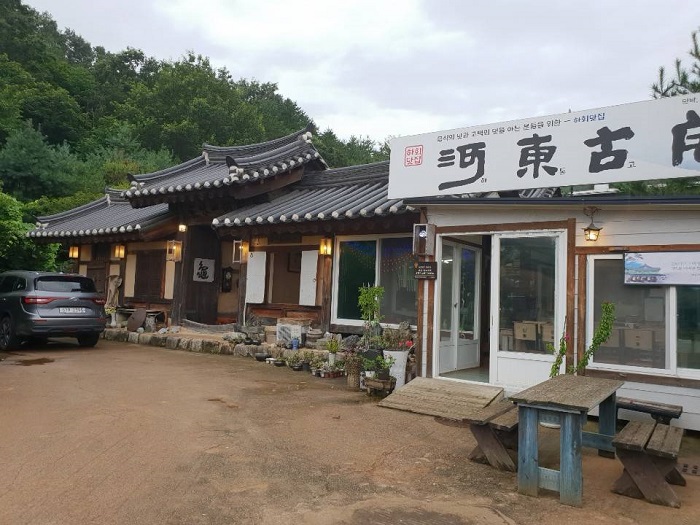
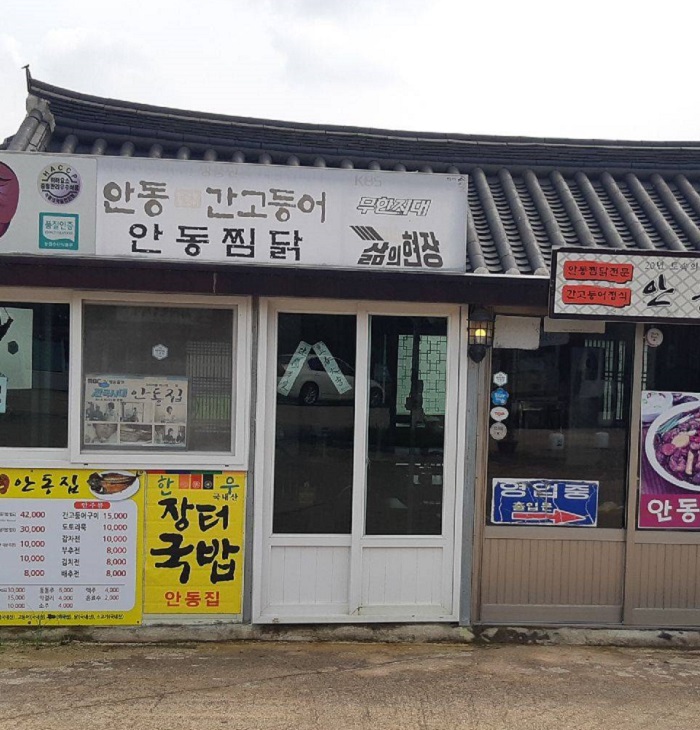
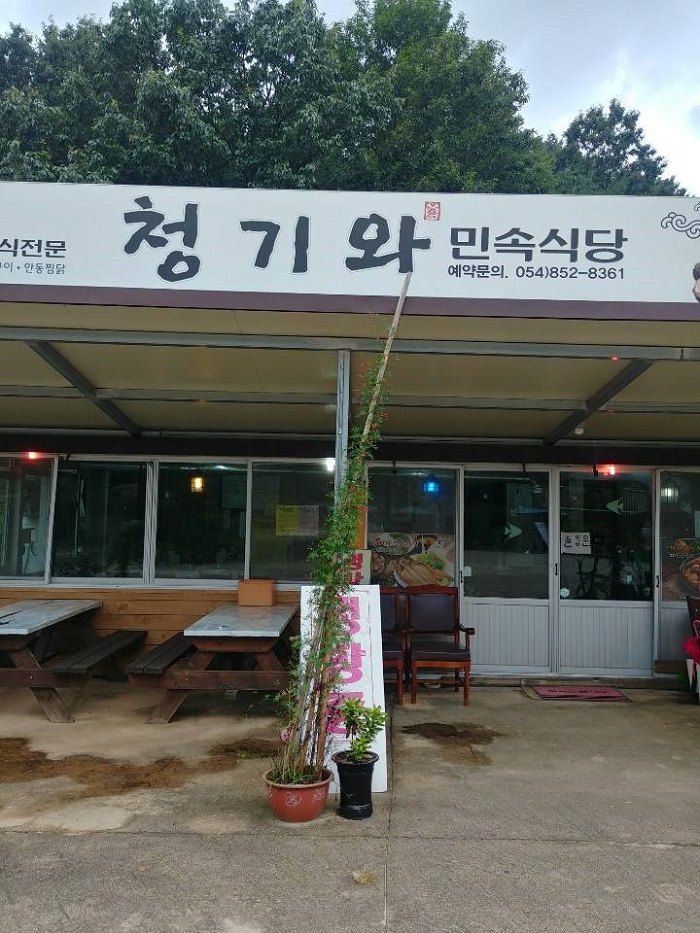
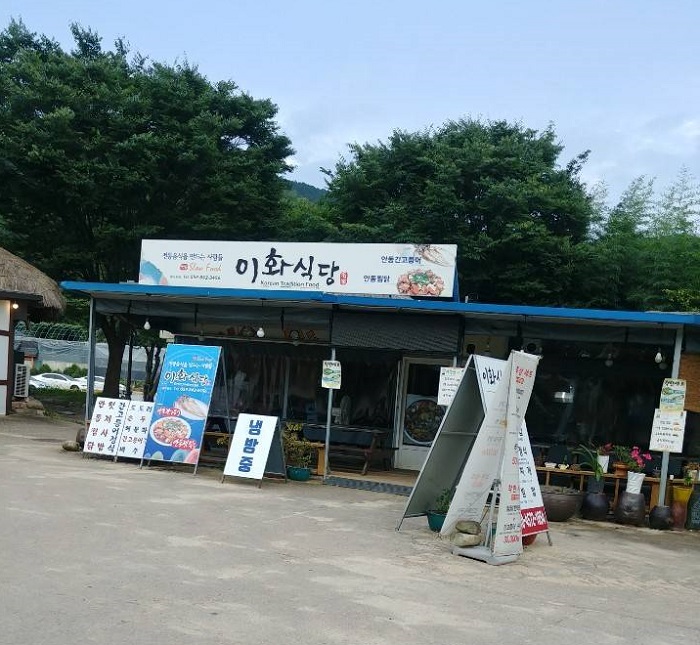
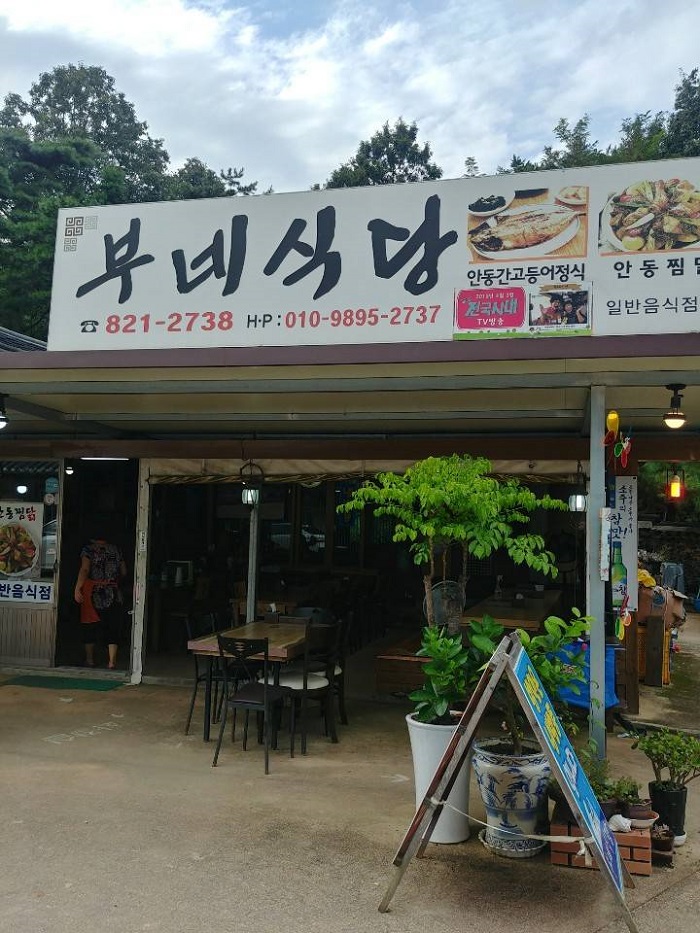
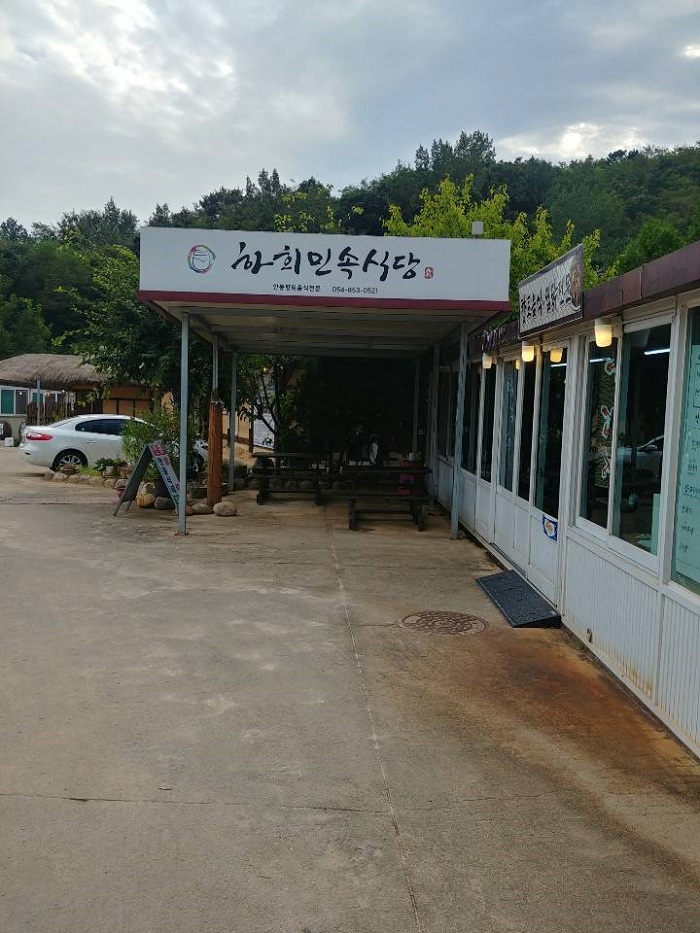

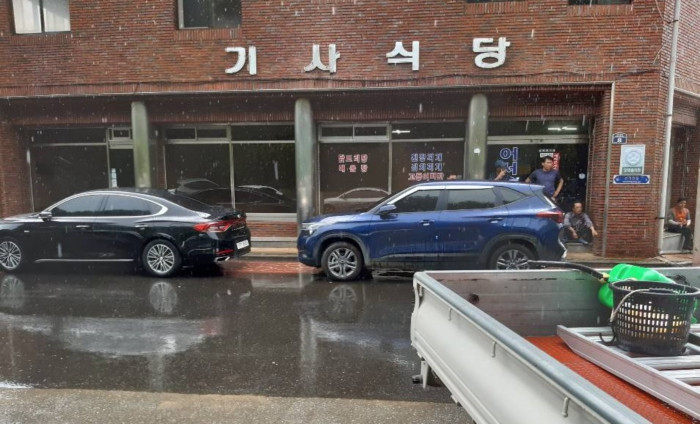
![Jisan Gotaek [Korea Quality] (지산고택[한국관광 품질인증])](http://tong.visitkorea.or.kr/cms/resource/69/3021369_image2_1.jpg)
 Español
Español
 한국어
한국어 English
English 日本語
日本語 中文(简体)
中文(简体) Deutsch
Deutsch Français
Français Русский
Русский